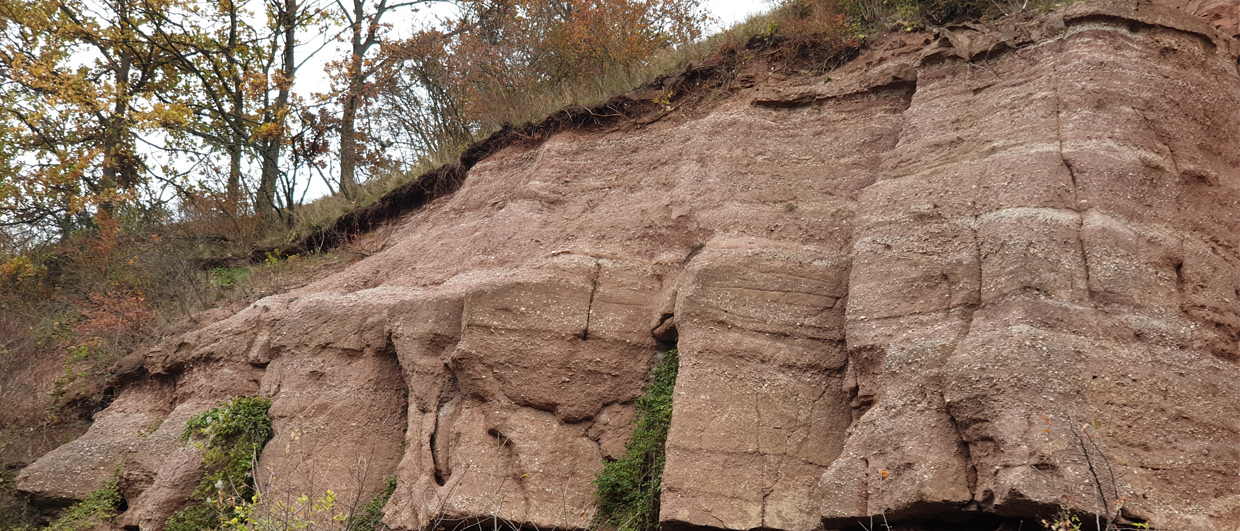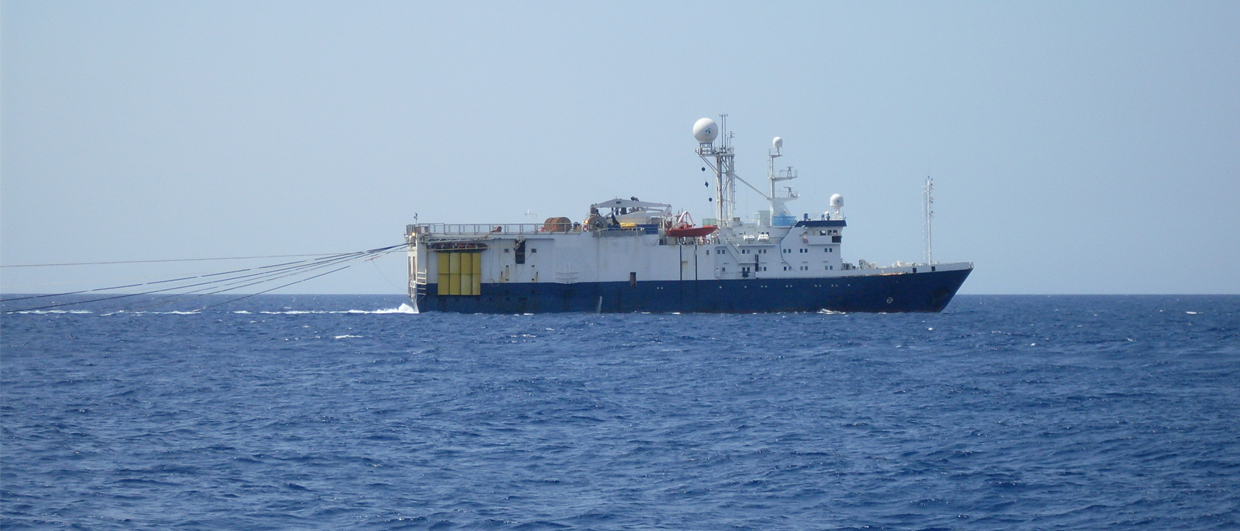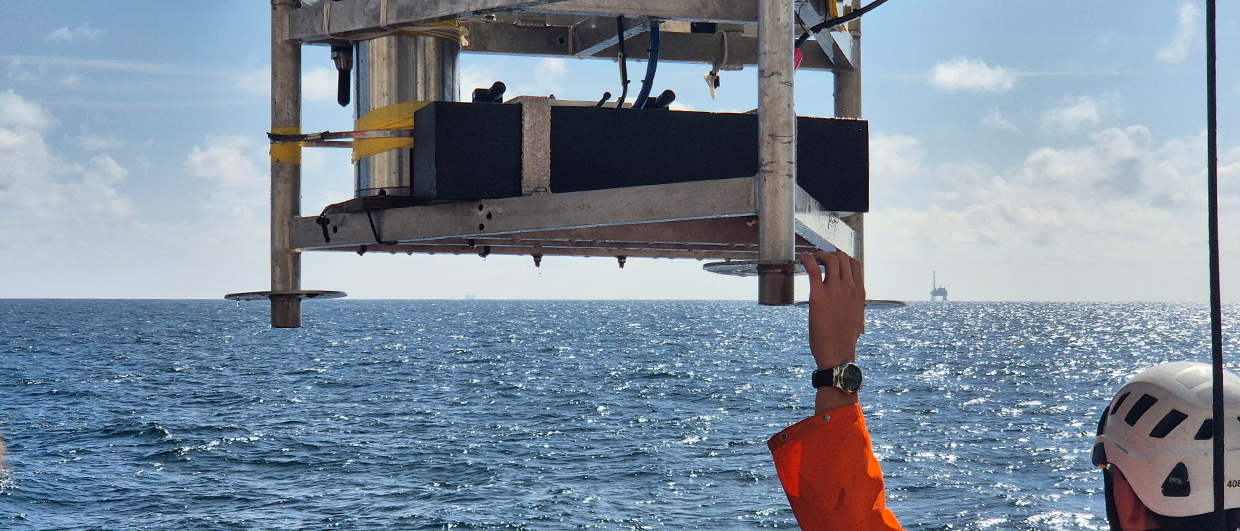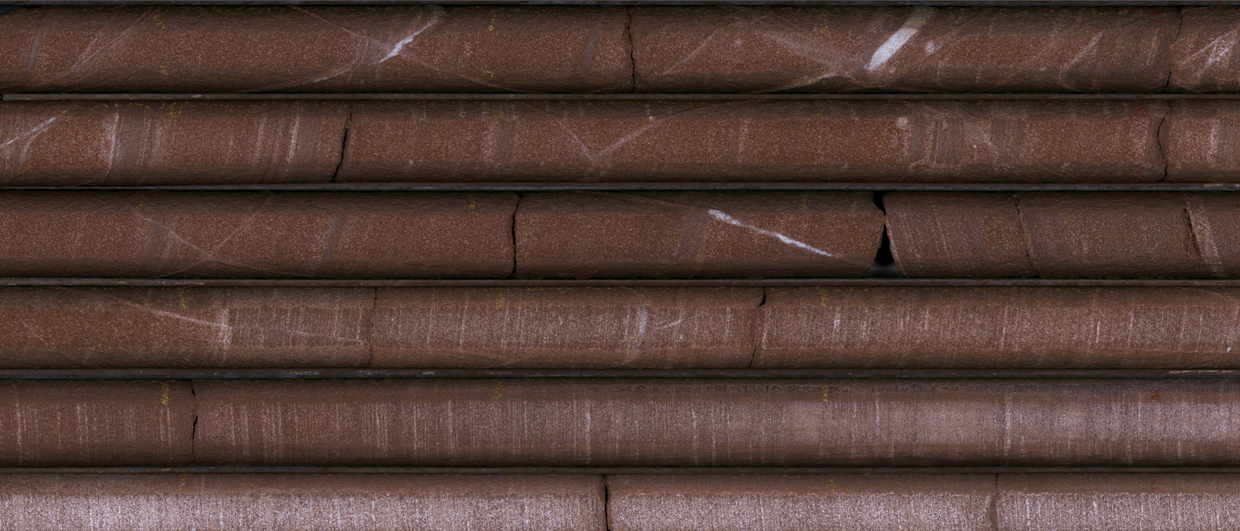
In 1971, NAM drilled a dry exploration well (F03-02) just 500 m away from where Dana recently proved hydrocarbons (oil and gas) in well F03-09. The primary target for well F03-09 was most likely to be the same as for F03-02: the Upper Cretaceous Chalk.
The main geological feature in the area is a Zechstein salt dome, with the Chalk overlying it. F03-02 was drilled to 2,150 m, terminating in the Zechstein evaporites of the salt dome after drilling through almost 250 m of Chalk. Although the well was reported dry, the composite log does mention that oil bleeding was observed at the top of the Chalk section.
When looking at the cross-section shown below, the F03-02 well was drilled slightly off the crest of the salt dome. Was the well drilled at this location deliberately at the time? Let us assume it was, as it probably reflects the minimum volume required for a discovery to be commercial in those days. With lots more infrastructure in place now and a favourable oil price, the economic cut-off volumes are probably smaller now.

With Dana now most likely having found oil in a more crestal position of the Chalk closure, there is once again proof that (small) volumes can still be found in the Dutch sector. We did ask Dana for confirmation of the primary target reservoir, but have not had a reply.
Besides the Chalk prospect, which is called Bokje, the second prospect named in relation to this well is Anteater. Although it is not entirely clear which interval this prospect has been defined in, it may be a shallow gas prospect in the Chalk overburden. Since the well is also reported to have found gas, it may be that some prospective shallow gas has also been proven by Dana.
The Chalk has seen a little bit of a revival in the Dutch sector, with Wintershall Noordzee also discovering oil in two Chalk reservoirs a little further to the south – Rembrandt (2012) and subsequently in the Vermeer. Wintershall mentions on their website that “development plans were put on hold amongst others due to delays in the environmental permitting process but have recently been resumed.”
HENK KOMBRINK





